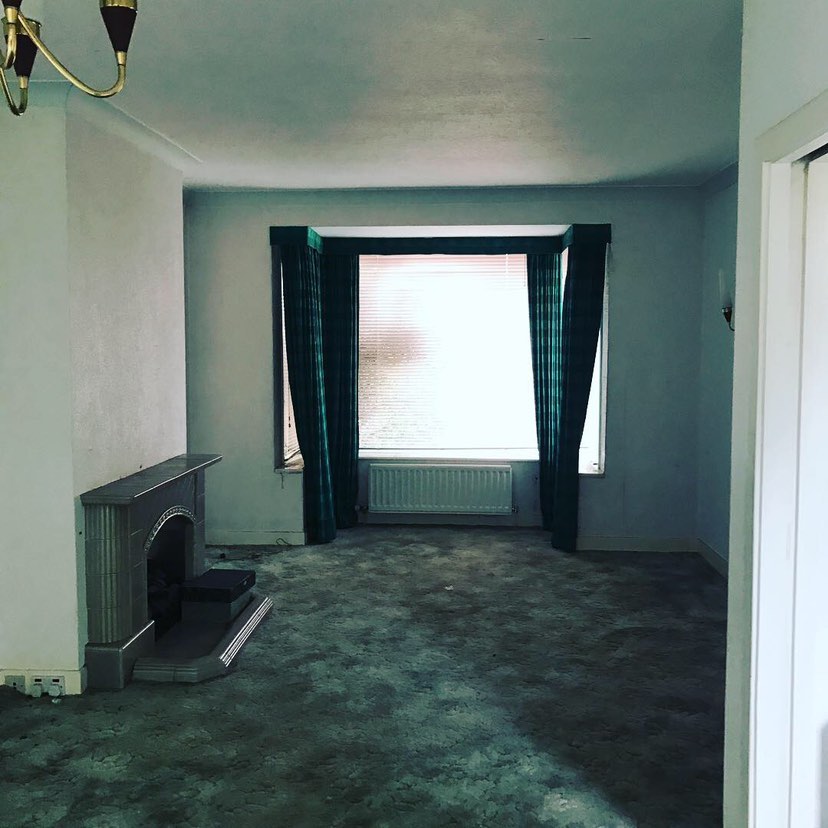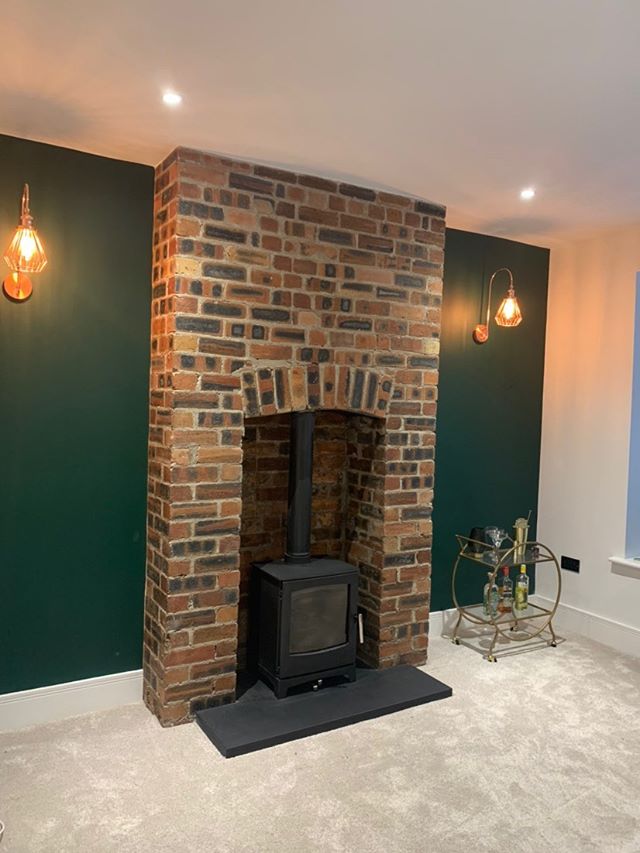Thanks to the coronavirus lockdown, we’ve all spent long periods of time in our homes this spring and summer. Now, with working from home becoming the ‘new normal’, it appears as though many of us are looking at future DIY and home improvement tasks that will make our lives as comfortable as possible while we’re at home in the winter months.
As a direct result of this, research from MyJobQuote recently revealed that stove installation requests are up by 12%-15% when compared to last year. So, with more people looking to install a stove than ever before, we thought that we’d answer some of your burning questions and to help you delve deeper into the costs and dangers involved with installing a new stove. To do this, we spoke to three experts on the subject: our Managing Director Richard Fewings (RF), MyJobQuote (MJQ) and HETAS (HETAS), who are a non-profit organisation promoting safe and efficient solid fuel, wood and biomass heating systems, fuels and services.
Can you provide us with a breakdown of the costs associated with installing a stove?
MJQ: The costs of installing a stove can fluctuate if your chimney needs repairing, sweeping, or a flue system or chimney lining needs to be fitted, repaired or removed.
- Gas Stove – Gas stoves cost between £600 and £900 to purchase from a high street retailer. They are the most expensive option and labour costs for installations start from £300 but can exceed £1,000 if extra work is required.
- Wood Stove – Wood stoves cost around £400 and £800 from most high street stores. In addition to this, you can expect to pay between £300 and £1,000 for labour costs, depending on whether you require a standard installation or a full renovation.
- Electric Stove – Electric stoves are priced between £150 and £600, which makes them the cheapest option available. On top of this, you can expect to pay anywhere between £100 and £250 for labour fees.
RF: When you’re looking at costs, there’s an important distinction to be made between electric stoves and electric fires and heaters. An electric or gas ‘stove’ is usually a unit that is made to look like a traditional log burner but has electric or gas elements in. As such, many that we sell at Glowing Embers are actually more expensive than a log burner because they have the same body but extra parts included. As a result, you could spend up to £3,000 for a top-end unit, but a more relevant top end price would be about £1,500. The cheapest electric fire we offer is available for £210.
What are the dangers people should be aware of if they try and install the stoves themselves?
MJQ: When installing a stove, you have to comply with building regulations. A contractor will know these regulations and will be able to sign off the work for you with a certificate, which proves it’s been completed safely.
RF: Whilst it is illegal to install a gas appliance yourself, the rules are slightly more nuanced for electric or wood-burning stoves. For example, a lot of electric stoves just require a 13 amp plug, so providing you already have power where you need it and you are happy to undertake any installation and finishing work, this can be easily done at home. However, if you need to add electrical points, then you need to consult a qualified electrician.
If you self-install a log burner, you need to ensure that it complies with Document J of the building regulations. As a result, you will still need to ensure that the work is signed off – you can contact your local council’s planning department for this service (fees vary across local councils). Failure to get an installation signed off and/or installed without regard to the building regulations could result in both a dangerous installation and an invalidation of your home insurance. If you are a competent DIYer and don’t mind getting on a roof, then the work can be done as long as you seek expert advice from a specialist retailer to ensure you have all the parts and knowledge to comply with the regulations and get the installation signed off by your local council.
HETAS: In England and Wales, there are two routes to legally install a domestic biomass, wood or solid fuel burning appliance. HETAS registered installers can self-certify that their work complies with the relevant building regulations and issue the customer with a certificate of compliance via HETAS. HETAS will then notify the relevant Local Authority on their behalf. Alternatively, the customer must apply to the Local Authority Building Control department for a Building Notice and pay the appropriate fee, which can cost up to £300 per job.
It is essential that the appliance is properly registered with the local authority as this validates home insurance and will be a requirement in the future if homeowners come to sell the property. We also recommend getting your appliance serviced at least once a year, and chimneys swept twice a year to ensure the safe and optimal performance of the appliance.
On average, how long does it take to install different stove types?
MJQ: Most stoves can be installed within 2-4 hours. At most, it should take one full day.
This before and after image shows what can be achieved! Thanks to Nichola & Davey at Mad House 100 for their images.


How can you advise people to check if they have a gas/ wood / electric stove area in their home and whether they can switch an old set up to the one they want?
MJQ: If a chimney is present within the home, there’s an area where a stove can be installed. If you don’t have a chimney, then a new flue system can be installed, but it may cost a bit more.
RF: If you are in doubt, contact a specialist supplier who can advise you whether your space is suitable for a stove installation.
Swapping to electric is the easiest of installations and just requires power. However, gas installations require a gas feed to the area. This work could be fed from a bottle or mains gas, but this work would need to be done by a Gas Safe engineer. Gas stoves also need flues, so consideration of the flue exit point is needed.
HETAS: Stoves have become increasingly popular. For some it’s a lifestyle purchase, while others may want to invest in one as a renewable source of energy or simply as an accessible alternative to gas. In every case, it’s imperative that homeowners get expert support from purchase through to installation and maintenance. We are committed to supporting cleaner and safer choices for the use of biomass and other solid fuels, appliances and associated technologies, and as the industry’s trusted trade organisation, we work alongside everyone in the chain.
Would you advise any particular area of the house to install your new stove? What rooms would be least effective in retaining heat perhaps?
MJQ: The kitchen and lounge are the most popular areas to install a stove, as people tend to spend more time in these rooms. Rooms that face the sun most of the day will retain heat more, as will rooms with fewer windows and doors. Adding loft insulation and sealing exterior doors and windows can help to keep heat within the home.
With searches for stove installations on the rise, now is the perfect time to purchase your new stove and have it installed in time for winter. However, make sure you consider the above advice if you’re planning on fitting the stove yourself. If you have any questions at all, please consult an expert. Thankfully, it’s easy to search for HETAS accredited tradespeople in your local area. Simply visit the HETAS website to learn more.







